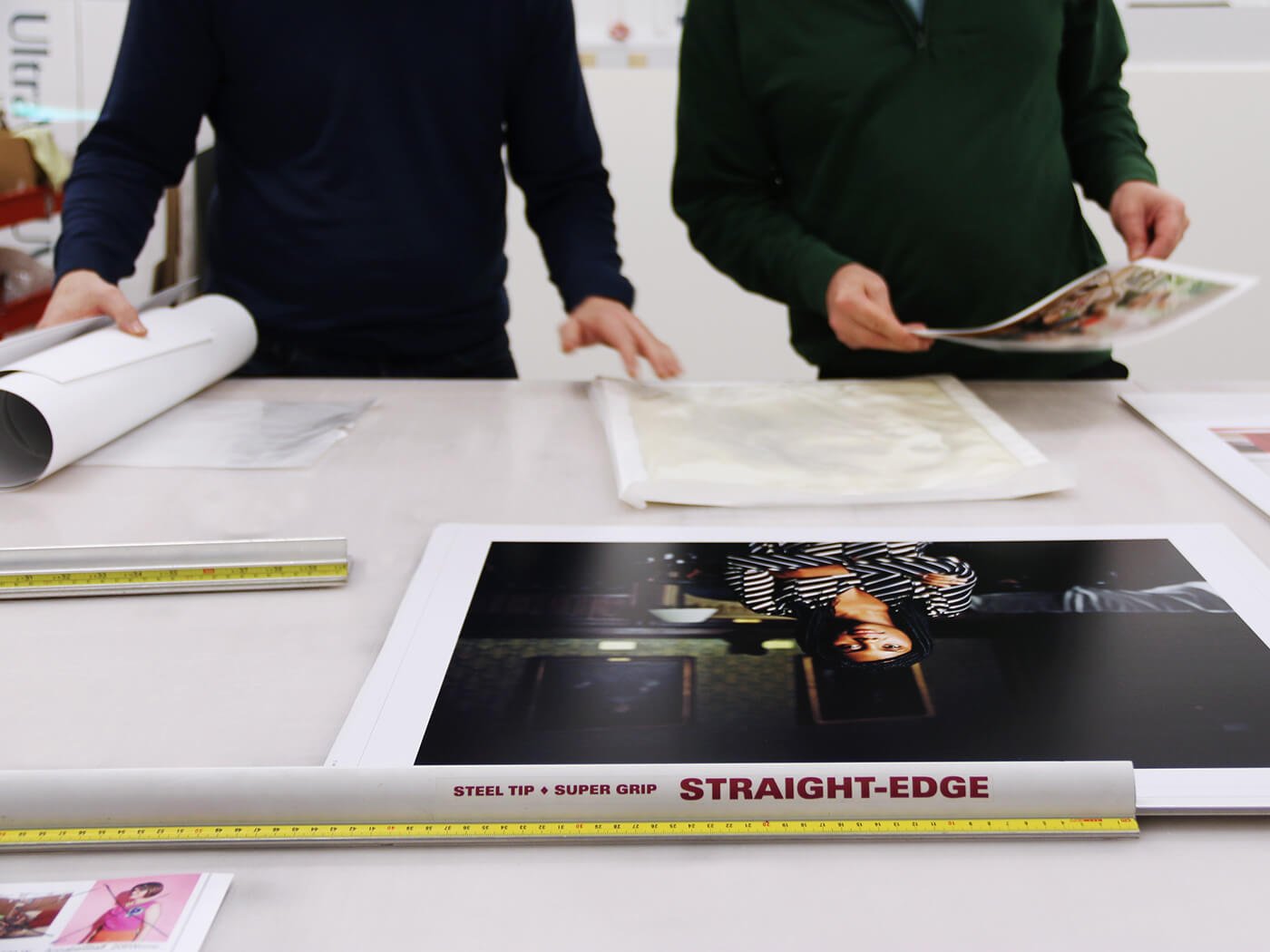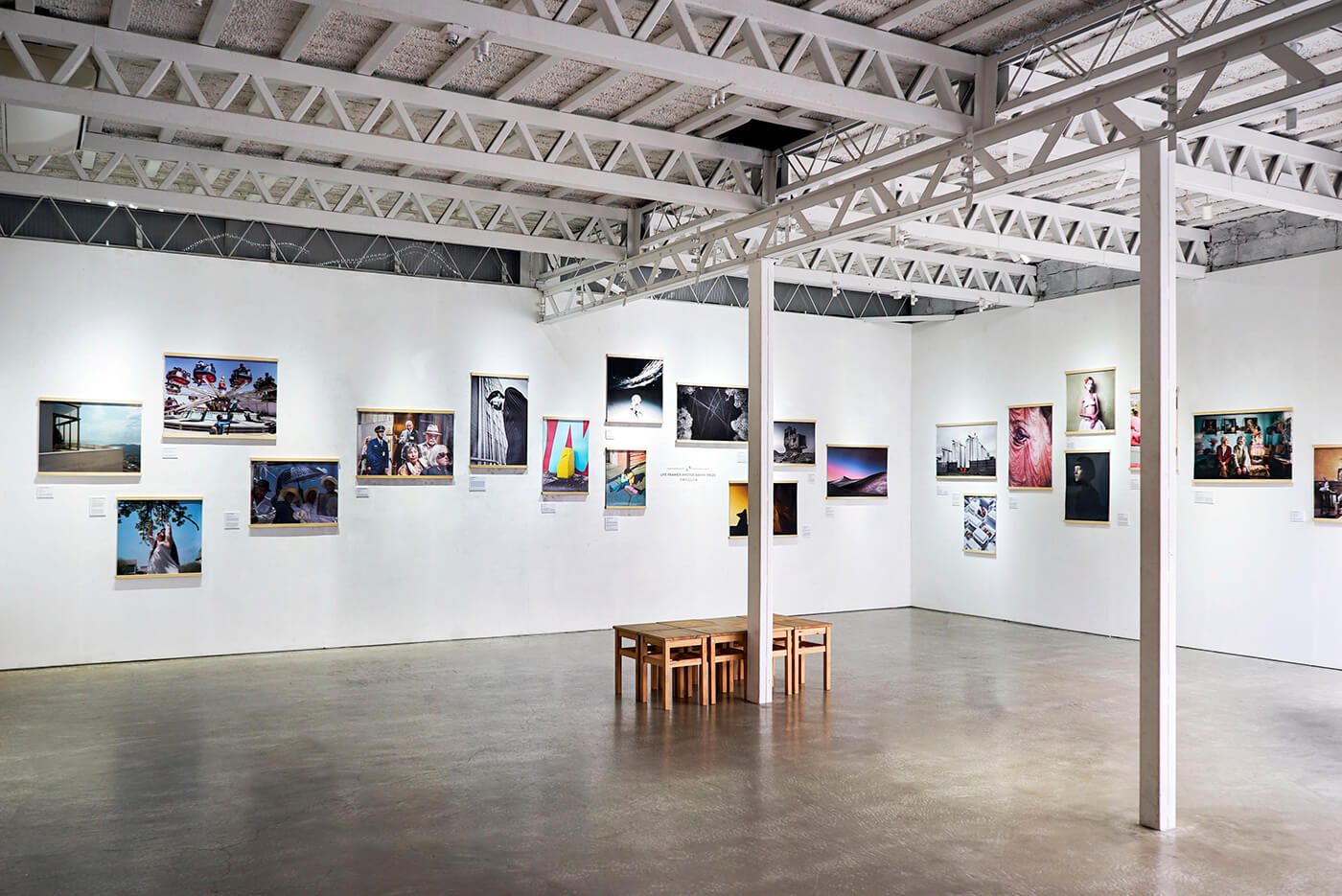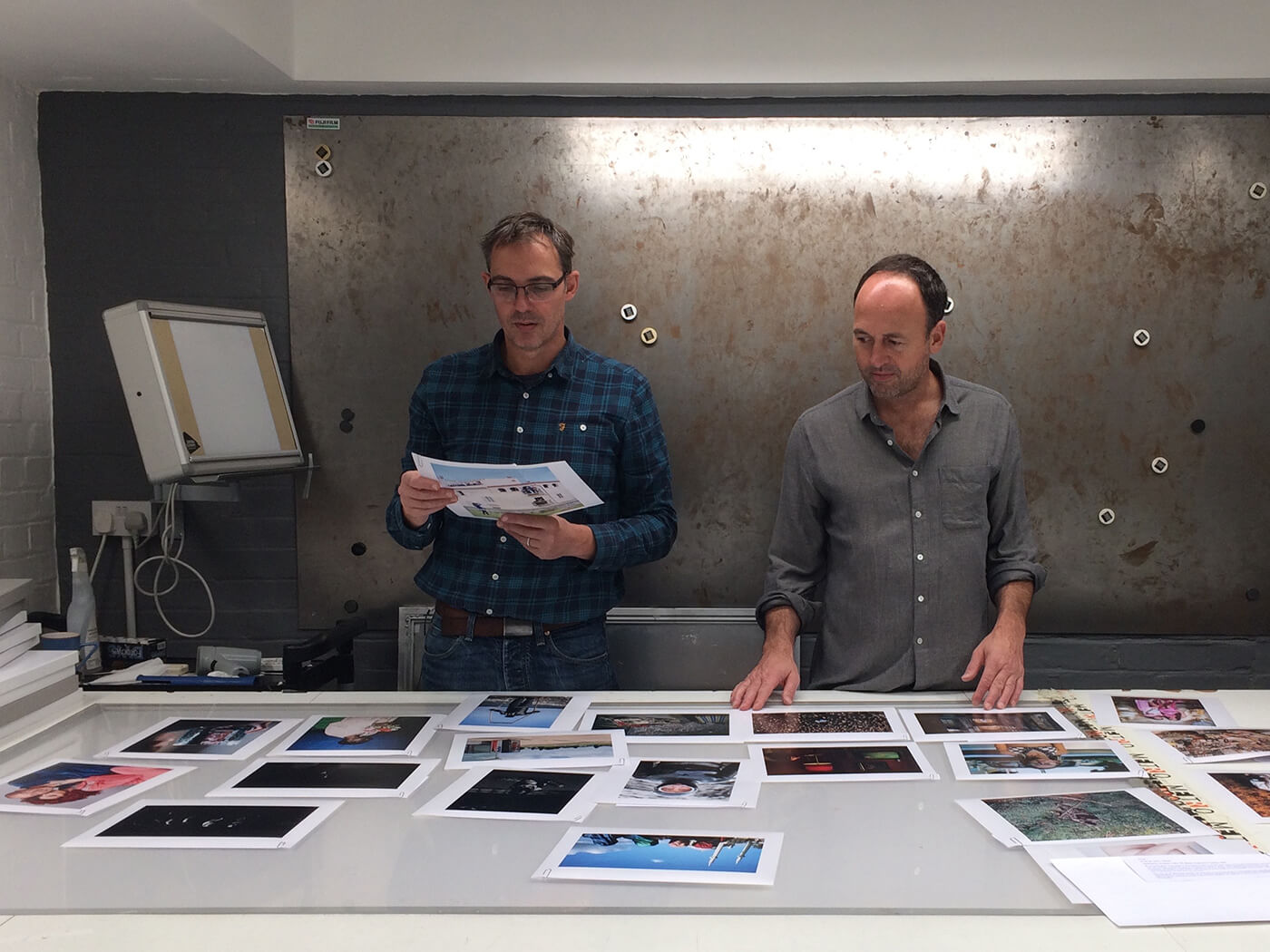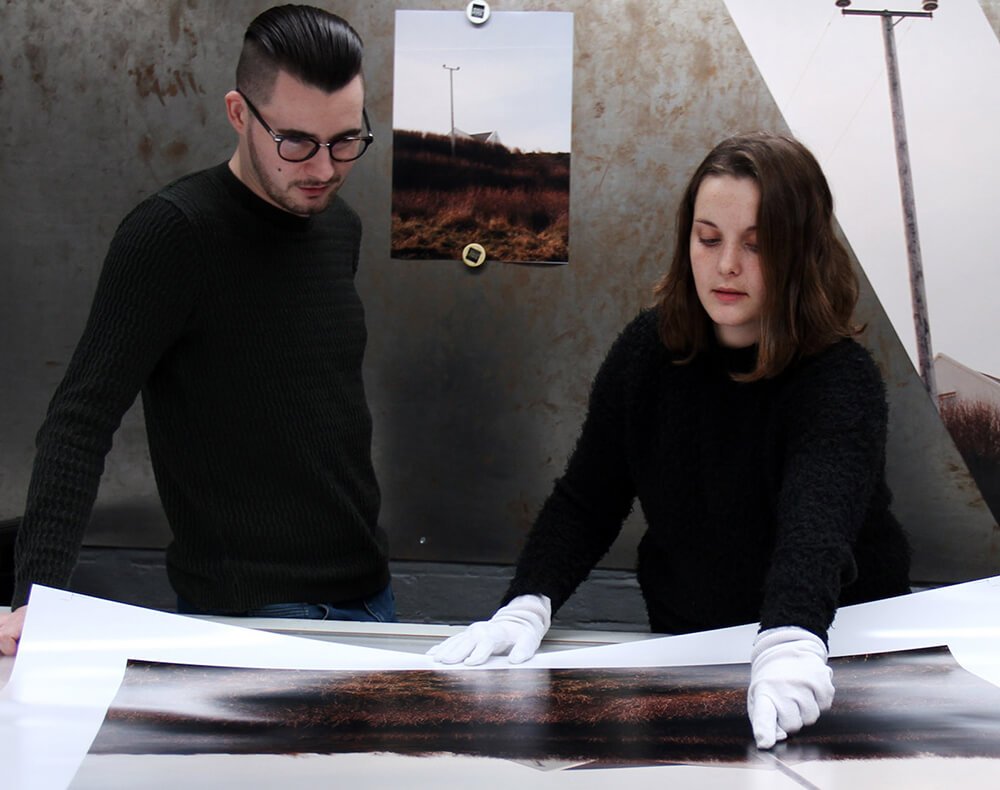INSIGHT
Making Photographs: How Printing Shapes the Artistic Process
WITH METRO IMAGING
An interview with Steve Macleod
Ahead of our upcoming Edition V winners exhibition, we sat down with Steve Macleod, Director of our print partner Metro Imaging, to explore how photographers are getting ever more creative with the craft of printing…
Metro Imaging is the one of Europe’s leading professional photographic labs for art printing, film processing, retouch, mounting, framing and exhibition services. With almost 40 years in the photographic industry, it’s run by a flexible workforce of multi-disciplined and skilled professionals so that the level of expertise is second to none. Find out more about Metro and its services at www.metroimaging.co.uk

How has photographers’ relationship with printing change over the years?
Pre-digital photography was quite a physical experience. Because of the very nature of how pictures were created – shooting film, getting it processed, looking at contact sheets, making prints in darkrooms… From about 2003 on with the advent of digital, there was the ability to monitor and delete images if you weren’t happy with them, and further correcting files easily in post-production. Through changes in production and how photographs were presented, particularly with editorial, advertising and fashion photography – there was no requirement to make prints – everything was straight to press or screen and we subsequently fell out of love with print and lost many processes along the way.
In the last few years there’s been a return to and increased appreciation for the craft of printing. In fact, in all walks of life craft is no longer a dirty word, it’s appreciated as a way of thinking and part of the process of making. Instead of a print being something you made after the event for an exhibition, it’s once again an inclusive part of the creative process. It’s about making photographs, not just taking photographs.
How has this changed the way you at Metro work with artists?
In the days of film the relationship was in some respects transactional – labs were mostly commercial and catered for clients by providing services such as film processing and printing – the savvy photographers got to know the printers and they worked very collaboratively, but the brief had pretty much been defined as part of the shoot and printing was seen as an extension of that brief. As I mentioned before, with the introduction of digital imaging, many clients had no need for labs so many went out of business as they relied heavily on film processing.
Our industry has changed and the majority of our clients are not commercial, many cannot be defined as photographers as they come from different disciplines, yet they still require the services of the lab to create work and in many respects they are exploring their practice in real time within the lab – in many cases we’re being introduced to ideas before the pictures are made, so communication and rigorous testing have become an important part of the relationship.
For example: we had an artist in yesterday weighing up the options of going down the giclee or ctype route. And thanks to other advances in technology we’re now printing on large format vinyl; we have direct to media printing, printing up to 8x10ft, on materials that are four inches thick – we’re printing on concrete, wood, textiles, all manner of things… For the Tim Walker retrospective at the V&A, we printed onto reflective materials to get a vintage mirror look and made LED flashing lightboxes. The horizons are ever-expanding and we see ourselves as a vehicle for communicating options to clients.
Has anyone ever come to you with creative ideas that just weren’t achievable?
We like to push boundaries so we’ll have a go, within limitations. But we advise people on what won’t work best. For example, someone wanted to print inkjet prints reverse mounted onto acrylic. Well there’s no point because physically the inkjet material selected was too deeply textured and would create air pockets and most likely peel off. We recommended a Supergloss ctype paper in that situation. We also had someone wanting to print black & white vintage images as ctype but if you do that you get metamerism which means the colour shifts depending on the viewing light, so we advised to print on silver gelatin paper. They were reluctant because they felt a ctype was superior but actually a silver gelatin can be more archival depending on how you store it.

Metro Imaging prints at the Life Framer Edition IV Exhibition, Tokyo 2018

Life Framer judging at Metro Imaging, with Steve Macleod and Zed Nelson
You run a number of academic and non-academic mentorships. What do these entail?
Education is an important part of what we do and we are working hard with students to provide them with options as their career develops and this is facilitated by a variety of programmes. Our Mentorship programme is a bespoke partnership for 12 months, it can be challenging because we expect outcomes but it’s tailored to the individual. Some may want technical information or to spend time in the lab learning more about scanning, printing, retouching, or mounting and framing. Others want to network, meet people, go to events. Others need real critical thinking about their work. So we talk about their practice, introduce them to other industry professionals. It’s very much down to the individual and what their need is – we also provide a £1,000 credit with Metro so that the mentee gets used to handling someone else’s money.
What’s the one tip you always give to photographers you’re mentoring?
We have a mantra, it’s called the Triple A battery. It’s A for artist, A for advocate and A for ambassador.
Artist is obvious, but what do you mean by the other two?
I was talking about this with an artist yesterday. She told me what she’s learned from that triple A idea is that she doesn’t always have to be making stuff. She respects the idea of taking time out, reviewing the work, assessing it, thinking about what to do with it, whether to publish it or archive it for later. That’s advocacy. It’s about taking stock. It’s also about marketing, updating your website, looking at your client list, doing your tax return… Ambassadorship is networking, knowing when to carry business cards with you (and when not to hand them out!) and being on social media with a clear voice. You’re getting out there and being seen but without being tacky and overbearing. I see so many people who have their private views and they get absolutely smashed and they can’t talk to anybody. That’s not good ambassadorship. As the Ambassador, you’re working so wait till everybody else goes home and then party!
Any advice about printing specifically?
It’s good to experiment in the beginning but ultimately find a way of working that suits your vision as an artist and develop that as you move forward. Because our industry, particularly in the print collecting market, doesn’t like too many surprises if the artist keeps changing tack. And talk about it. Communicate! Don’t be afraid to ask stupid questions. You don’t know what answer you’ll get. If you don’t know, ask. We have loads of FAQs on our site but if that doesn’t work, come and see us or email us. We don’t care whether you’re David Bailey or you’ve just picked up a camera. Emerging talent is the established talent of the future – they have to be nurtured and supported.
All images © Metro Imaging
See more at www.metroimaging.co.uk and Instagram: @metroimaging
And come join us at our upcoming exhibitions in London and Milan.
